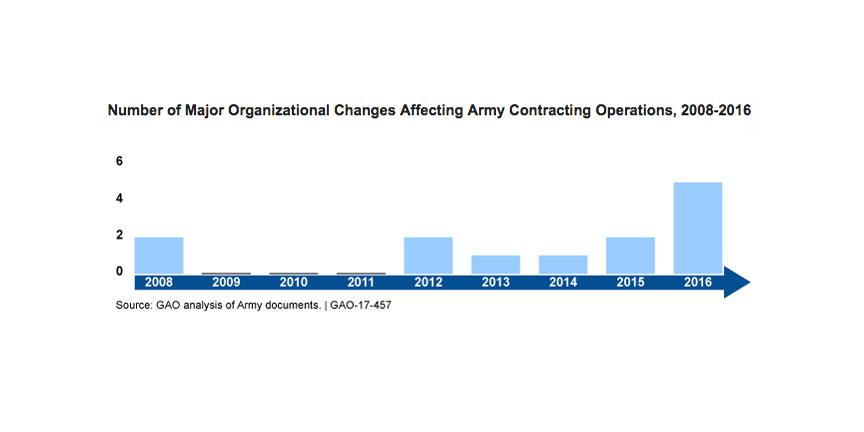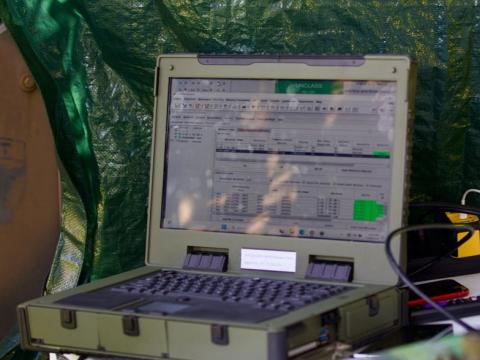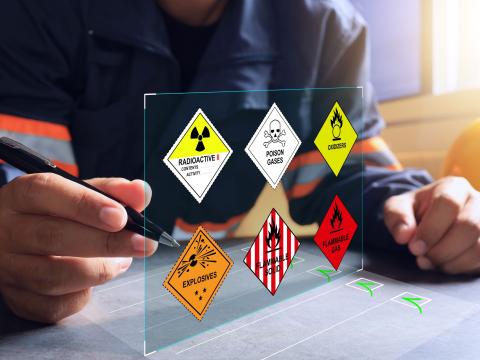GAO Assesses Army Acquisition
U.S. Army leaders have not consistently evaluated the efficiency and effectiveness of the department’s contracting operations, the Government Accountability Office (GAO) has concluded. To amend the situation, the office recommends developing metrics to assess contracting operations for timeliness, cost savings and contract quality; documenting rationales for key decisions; and establishing measurable objectives to assess the effects of organizational changes on contracting operations.
According to a GAO report, although the service’s leaders conduct regular departmentwide contracting reviews, they have been concentrating on efforts to obligate funds before they expire, assess competition rates and measure small business participation. Instead, they should be focusing on objective performance metrics, the report states. Without adequate metrics, Army leaders will not have the information needed to determine whether Army contracting operations are meeting the department’s goals, the report states.
Since 2012, Army leaders, including successive assistant secretaries of the Army for acquisition, logistics and technology, have acknowledged a need for improvements in contracting. Although they have taken positive intermittent steps, the GAO found that these leaders did not sustain the efforts or—alternately—provide a rationale for not doing so.
Despite repeatedly changing reporting relationships across contracting organizations since 2008, top Army leaders did not establish measurable objectives in accordance with federal standards for internal control. Consequently, they have not been able to evaluate how major organizational changes can affect contracting operations, the report states. Officials from eight Army organizations told the GAO that the numerous changes disrupted contracting operations and caused confusion.
In addition, the GAO found that disagreements over the associated risks and benefits have increased tensions among officials in the acquisition, logistics and technology office and at the Army Materiel Command. In the absence of measurable objectives and authoritative data, it is unclear whether the benefits of the changes outweighed the costs to implement them, the report concluded.
The GAO made eight recommendations to the assistant secretary of the Army for acquisition, logistics and technology (ASA/ATL) to evaluate and improve the contracting process. Among these were a call for establishing and implementing contract enterprise review (CER) metrics; determining the department’s contracting work force requirements; and creating measurable objectives for organizational changes.
The Army generally concurred with the GAO’s recommendations. In its response from Stephanie Easter, acting assistant ASA/ATL, the Army said its CER Integrated Product Team is developing a metric for cost savings attributable to contracting activities. This assessment tool is scheduled to be incorporated into the next CER update, due out in the second quarter of fiscal year 2018.
However, the Army did not agree to use the CER to evaluate the quality of contractors’ products and services. In its response, the service pointed out that contractor performance is related to multiple variables, including requirements descriptions and government oversight quality. Such real-world, ubiquitous intangibles are not within the contracting office’s control. Instead, the service plans to continue to assess these using the Contractor’s Performance Assessment Reporting System, which is the U.S. Defense Department standard.





Comments